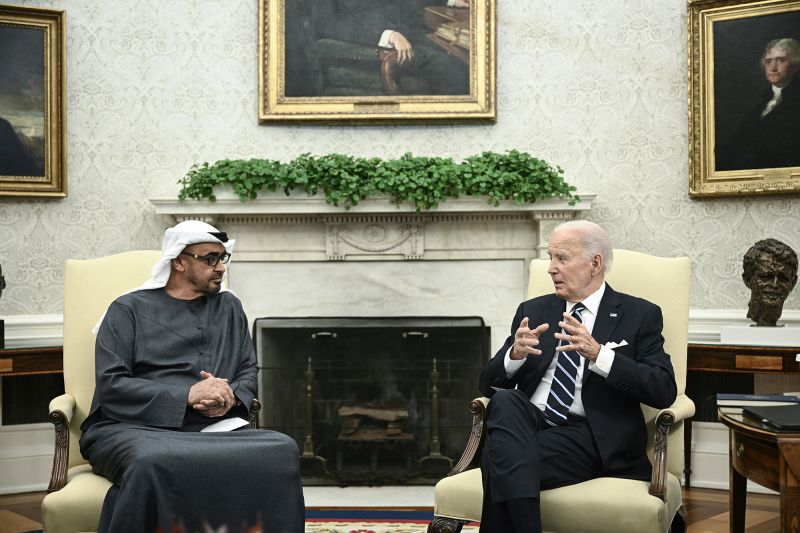As a nation known for its dedication to maintaining strategic relationships, the United Arab Emirates (UAE) is aiming to build what it calls a different architecture for the Middle East embroiled in conflict. This represents its latest attempt to bolster ties with the United States and introduce stability to the fraught region.
To understand the UAE’s play, one must first consider the Middle East’s volatile landscape. The constant tensions and flare-ups in the region have been largely characterized by age-old sectarian disagreements, economic contests and geopolitical rivalry. The Middle East is not new to turmoil, but the current situation mandates a paradigm shift to restore balance and harmony – something the UAE is keen to sponsor.
The approach that Abu Dhabi – the Emirates’ capital – is advocating is not far-fetched. It focuses on the Enlarged Gulf idea targeting an extended commitment from states across the Arab and Muslim world to bolster the security and stability in the Gulf region. Clearly, the vision is to achieve a unity of purpose and action that transcends national and sectarian lines, centered upon the critical geography of the Gulf.
Driving this fresh approach is the critical role of foreign ties, particularly that of the United States. The UAE is home to one of the largest US military bases in the region. The Al Dhafra Air Base near Abu Dhabi and the port of Jebel Ali in Dubai are key logistical hubs for US forces. These bases not only display the strong military-to-military relationships between the US and the UAE but also provide the foundation for the bilateral collaborations towards regional security.
Moreover, the UAE leverages the responsibility and reach of the United States in establishing a Middle Eastern architecture of peace. Washington’s influence is most crucial in enforcing a ceasefire and maintaining stability in areas of conflict like Yemen and Libya, where the UAE has significant stakes. Also, America is instrumental in helping the UAE moderate Iran’s regional activities, which are viewed with suspicion by the Emirati government.
Besides, the UAE’s diplomatic assertiveness is significantly displayed by the recent normalization of ties with Israel, a move that places the Emirates at the forefront of changing dynamics in the region. The historic Abraham Accords positions the UAE as a moderator among Arab nations and Israel, fostering a new atmosphere of cooperation and peace. It is another concrete step by UAE’s decision-makers for their envisioned ‘different’ architecture that entails interfaith tolerance, cultural exchanges and importantly, avenues of shared prosperity through economic collaborations.
A look at the UAE’s actions illuminates the country’s drive to reshape the Middle East’s traditional power dynamics. Despite the inherent challenges, the UAE shows determination in its pursuit of bolstering its ties with the US. The kingdom is not just focusing on its own national security and interests, but is also aspiring to create a newer, safer, and economically prosperous Middle East – a direction manifested by its diplomatic maneuvers, military alliances, and ceaseless push for peace.
However, realizing the different architecture vision in the Middle East is indeed a significant task. But the UAE, through its multifaceted strategy, is emerging as a consequential player in the region. Its deepened alliance with the US, normalization of relations with Israel, as well as its diplomatic finesse, is shaping up a unique stature for the UAE in the regional geopolitical landscape.
In summary, the UAE’s vision of a “different architecture” for the Middle East underscores its role as a regional power keen to reshape the status quo. It’s unique position in the Middle East, married with its tightened bond with the US and groundbreaking ties with Israel, indicates a transformative shift in policy that could potentially alter the dynamics of the region. And while there is no assurance of the smooth sailing of this endeavor, the UAE’s persistence on this path signifies a willingness to play a crucial role in shaping the region’s future.




